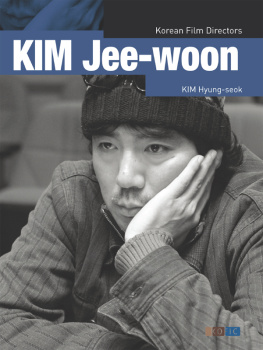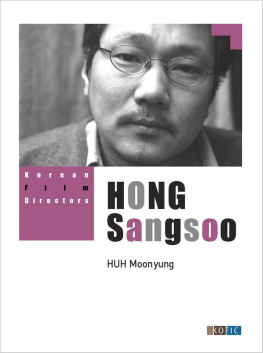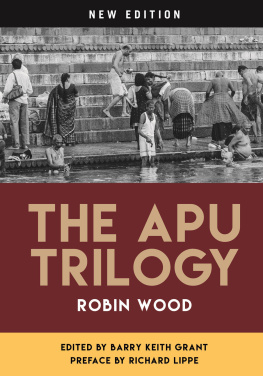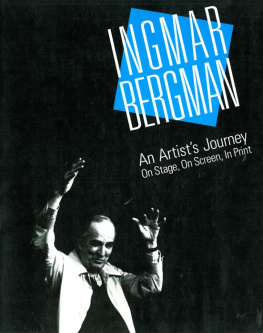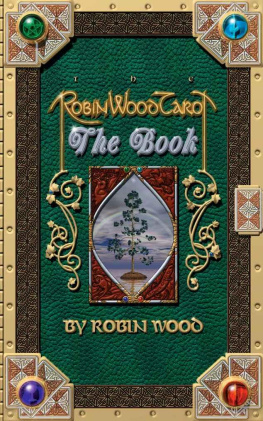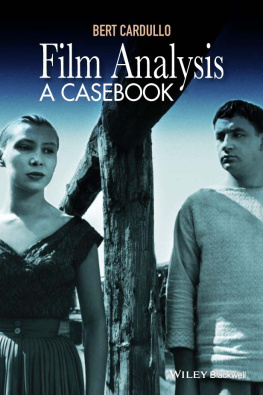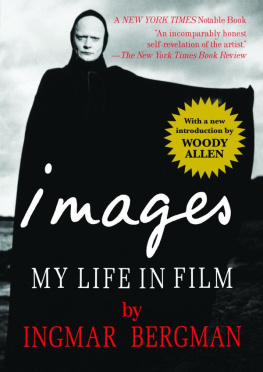
ingmar bergman
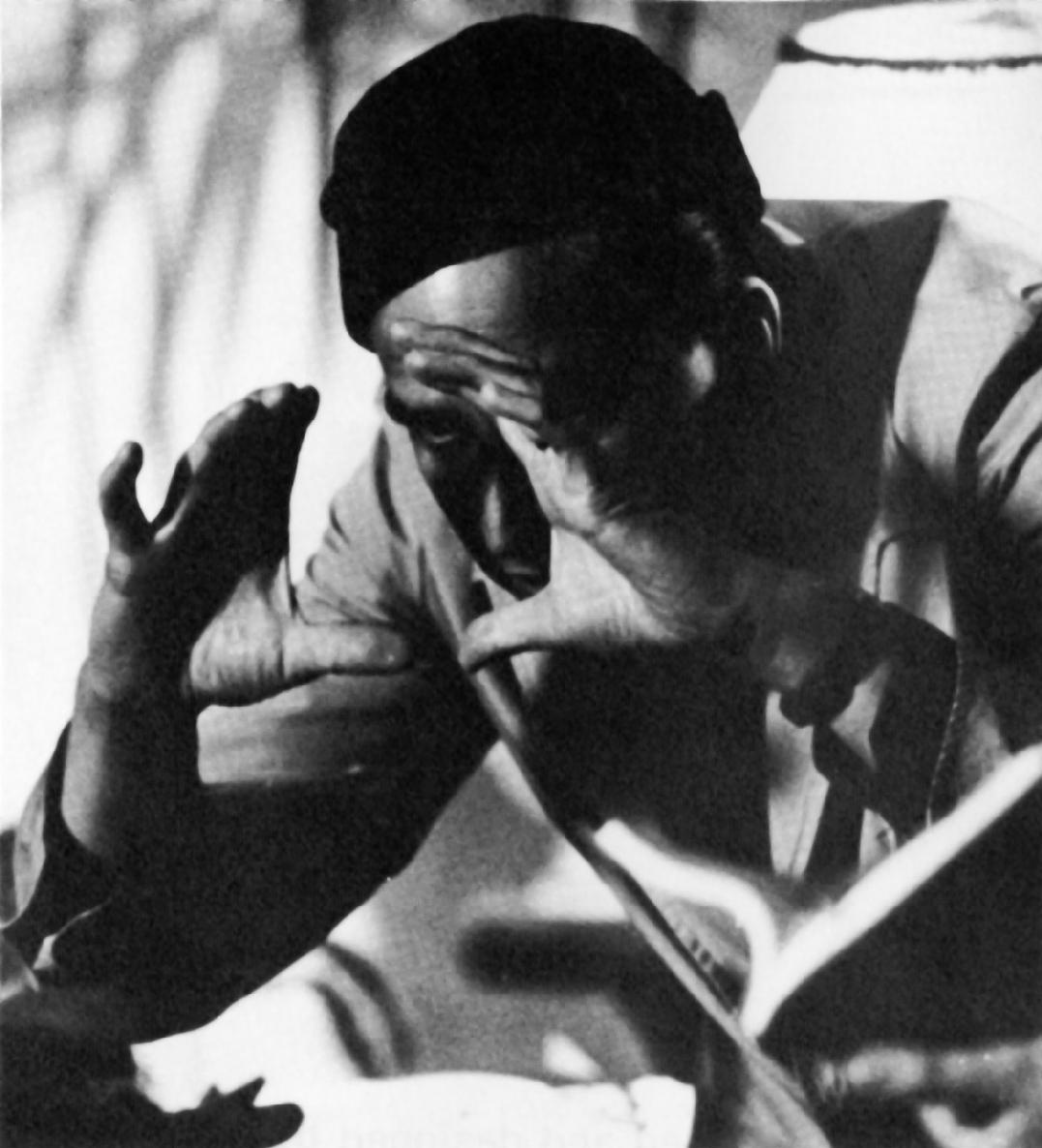

ingmar bergman
New Edition
Robin Wood
Edited by Barry Keith Grant
wayne state university press detroit
contemporary approaches to film and media series A complete listing of the books in this series can be found online at wsupress.wayne.eduGeneral Editor
Barry Keith Grant
Brock University
Advisory Editors
Robert J. Burgoyne
Frances Gateward
University of St. Andrews
California State University, Northridge
Caren J. Deming
Tom Gunning
University of Arizona
University of Chicago
Patricia B. Erens
Thomas Leitch
School of the Art Institute of Chicago
University of Delaware
Peter X. Feng
Walter Metz
University of Delaware
Southern Illinois University
Lucy Fischer
University of Pittsburgh
New edition 2013 by Wayne State University Press, Detroit, Michigan 48201. All rights reserved. No part of this book may be reproduced without formal permission.
Manufactured in the United States of America.
17 16 15 14 13
5 4 3 2 1
Library of Congress Cataloging-in-Publication Data
Wood, Robin, 19312009.
Ingmar Bergman / Robin Wood ; edited by Barry Keith Grant New ed.
p. cm. (Contemporary approaches to fi lm and media series) Includes bibliographical references and index.
Filmography:
p.
ISBN 978-0-8143-3360-0 (pbk. : alk. paper) ISBN 978-0-8143-3806-3 (e-book) 1. Bergman, Ingmar, 19182007Criticism and interpretation. I. Grant, Barry Keith, 1947 II. Title.
PN1998.A3B469 2012
791.430233092dc23
2012010812
Typeset by Newgen North America
Composed in Dante
Photos are from the collections of the Robin Wood estate and the editor.
To Gran Persson,
who taught me to think about Bergman
contents
contents
viii
foreword
Ingmar Bergman is the third book by infl uential fi lm critic Robin Wood to be republished by Wayne State University Press within its Contemporary Approaches to Film and Media Series. Like
Woods other early auteurist studies, Ingmar Bergman was an in-fl uential milestone when it was fi rst published in 1969. At a time when few reviewers and critics were taking fi lm study seriously, Woods careful and thoroughly cinematic commentary demonstrated the potential of fi lm analysis in a nascent scholarly fi eld.
It infl uenced a generation of students and cineastes.
Woods great contribution as an analyst of Bergmans fi lms is to make a compelling case for the logic of the fi lmmakers development over a period of some twenty years while still
respecting the distinctiveness of each individual fi lm. Wood constantly compares and contrasts the Bergman movies under
discussion, pointing out similar themes, motifs, symbolism, and narrative strategies. He is especially insightful on how Bergman utilized a stock company of actresses for multiple appearances in different fi lms. The astuteness of Woods insights into Bergmans work is clear when one considers how well they apply to the fi lms Bergman made after the book was published.
It is not only the books insights into Bergmans fi lms but also its style and distinctive voice that make it an important
foreword
work of fi lm criticism. Ultimately Woods greatest achievement as a writer is to communicate a passion for fi lms and their seriousnessa message that is, alas, at least as pressing today as it was in 1969. Back then, no one seriously interested in movies read this book without feeling an equally passionate response, nor will readers today. Woods voice is unmistakably his own, and his tone is wont to provoke. Because Wood is both dog-matic and transparent, the cruxes in his critical terminology so obvious, it is more productive, and certainly more exhilarating, to disagree with him than to be persuaded by most other writers on fi lm. In short, as a work of criticism, Ingmar Bergman is exemplary in eloquence and insight.
From the vantage point of today, however, over forty years
since the books appearance and the successful establishment of fi lm studies in academia, it might appear to some that the book is, as they say, dated. After all, Wood completed it before Bergman made such important later fi lms as The Passion of Anna,Cries and Whispers, From the Lives of the Marionettes,Scenes froma Marriage, and Fanny and Alexander. A signifi cant part of Bergmans career, which included many of his fi lms for television, was still to come when the original book, which ended with a perceptive discussion of Bergmans great 1968 fi lm Shame, was published. This incompleteness is perhaps most poignant in
Woods comment that Bergman was interested in mounting a
production of The Magic Flute, a project the fi lmmaker did indeed successfully bring to the screen in 1975.
It is unfortunate that Wood did not get to revise the book
as part of a projected plan to revisit several of his early monographs for Wayne State University Press on the model of what x
foreword
he had already famously done with his work on Alfred Hitch
cock. The only one he had managed to do before his death was the volume on Howard Hawks, which was published by the
Press in 2006. At one time Wood told me that he wanted to revise his Bergman and Satyajit Ray volumes next, and he looked forward excitedly to doing so. Undoubtedly, the astonishingly and always perceptive Wood, by incorporating new ideas from
his own subsequent development as a critic, a development
quite as remarkable in its way as Bergmans, would have offered new insights on the directors important later fi lms as well as on such ill-conceived projects as The Touch and The Serpents Egg.
Thus one might think of Ingmar Bergman as an incomplete account of one of the worlds most protean fi lmmakers from one of the worlds most resourceful critics, with much of each ones future development uncharted here. The book noticeably lacks anything resembling what became accepted as Theory in fi lm studies for decades after its publication. Throughout its pages Wood offers pronouncements on the western cultural tradition with complete assurance, in a manner that contemporary scholars would not dare since such terms have become, in the postmodern era, far more hotly contested. Woods common-sensical defense of that tradition, and his framing of Bergman as a fellow-defender, may strike some contemporary readers either as surprisingly conservative or as quaint Leavisite piety.
Yet it would be incorrect to conclude that Ingmar Bergman lacks a critical stance. Indeed, one of its central values is that it is perhaps the best elucidation of what is regarded as Woods early humanist perspective. The critics deep knowledge of Bergmans fi lms and his unerring sense of their place in a larger xi
foreword
cultural conversation impart an enviable authority even to his seemingly casual remarks. It is true that the book was written before Woods transition to his Marxist/feminist/gay liberation position, but it is apparent to anyone who has paid close attention to his work that the popular notion of these two phases
of Woods career is simplistic if not fallacious. Woods emphasis on questions of value (What makes a work important? How
Next page


